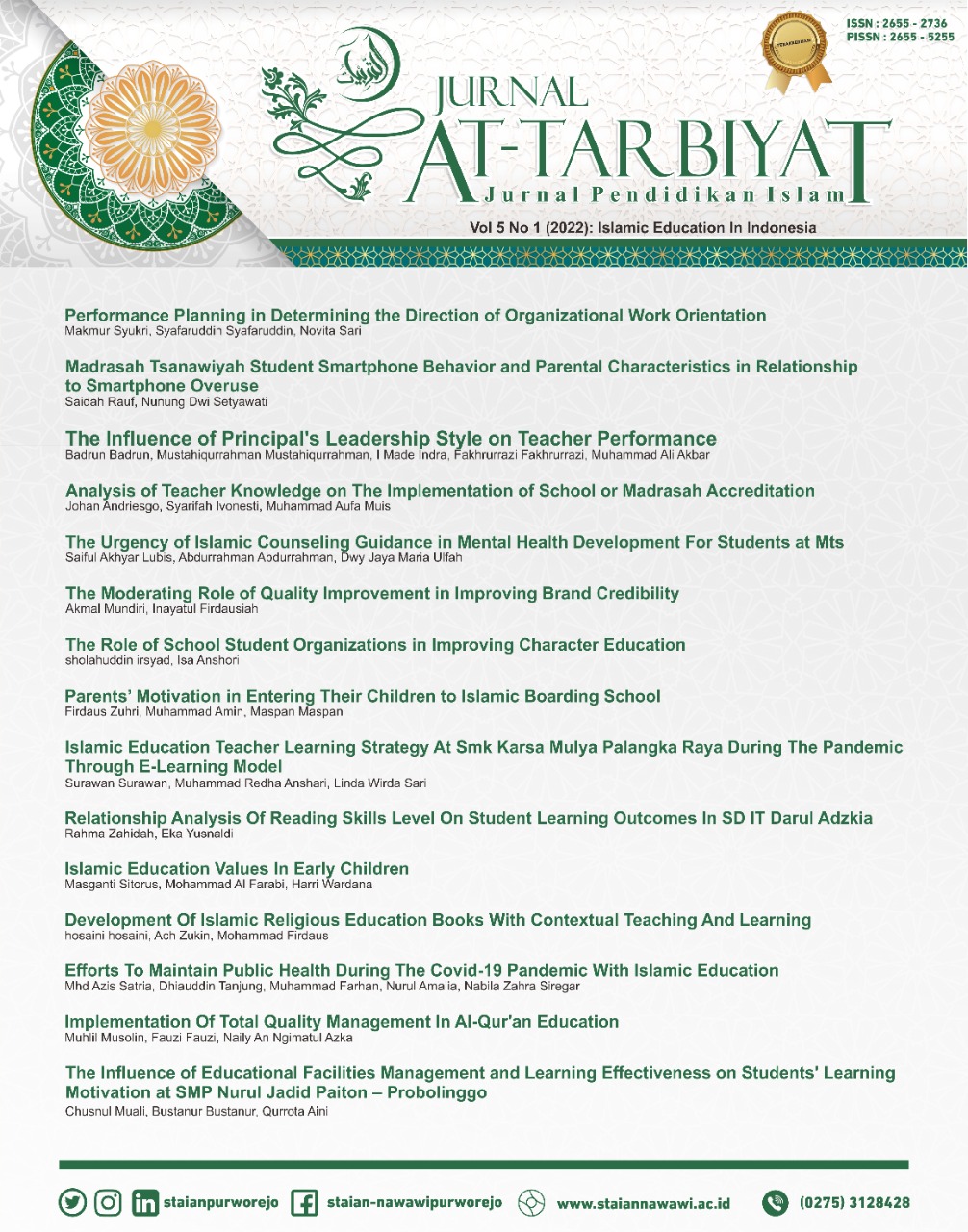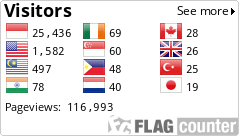Implementation Of Islamic Religious Education (PAI) Online Learning In The New Normal Era: Opportunities and Challenges at Women Junior High School in Malang
Abstract
his study examines the implementation of online learning-based Islamic Religious Education (PAI) at the Al-Irsyad Junior High School (SMP) -referred to as SMPPA- in Malang City during the New Normal Era. Learning opportunities and challenges in the current New Normal Era require a holistic and comprehensive study, especially in PAI subjects that characterize SMPPA. This research is based on the e-learning theory initiated by Rosenberg and uses a qualitative approach to understand descriptive data in oral data, observable behavior, and written data. Data were collected through observation techniques, document studies, and virtual interviews. Furthermore, the data were analyzed using the interactive model of Miles, Hubermann, and Saldana. The conclusion of this research states that: (1). The implementation of online learning at SMPPA is based on web-based learning through the academic page.alirsyadmalang.org with four supporting components. (2). Opportunities and challenges in the online learning process at SMPPA are a synthesis of the existence and interrelation of three main factors, namely students, educators, and ICT-based learning media. The implication of the results of the analysis of the opportunities and challenges of PAI in SMPPA in the New Normal Era is the emergence of concrete steps to optimize the role of online learning as an effort to improve the quality of learning in schools.
Downloads
Copyright (c) 2021 Mundir Mundir

This work is licensed under a Creative Commons Attribution-NonCommercial-NoDerivatives 4.0 International License.




















